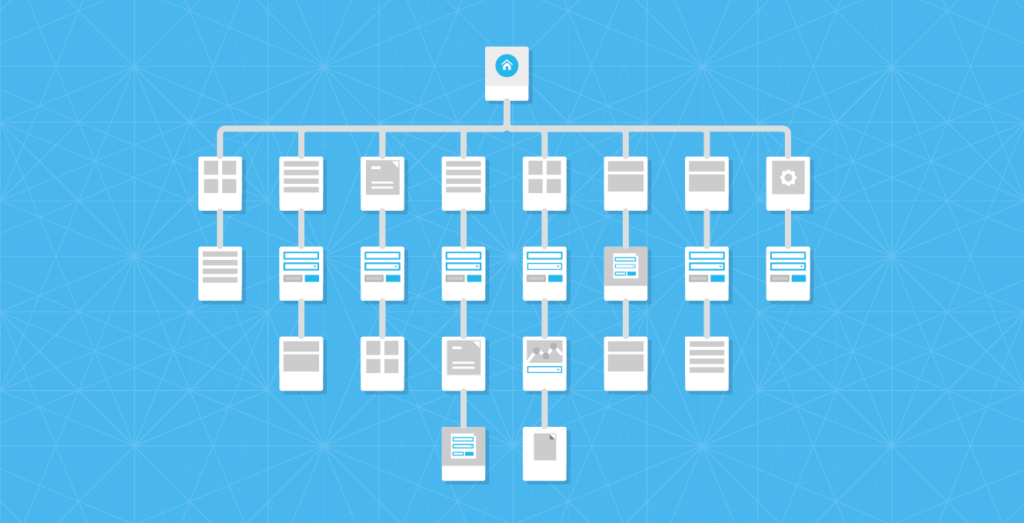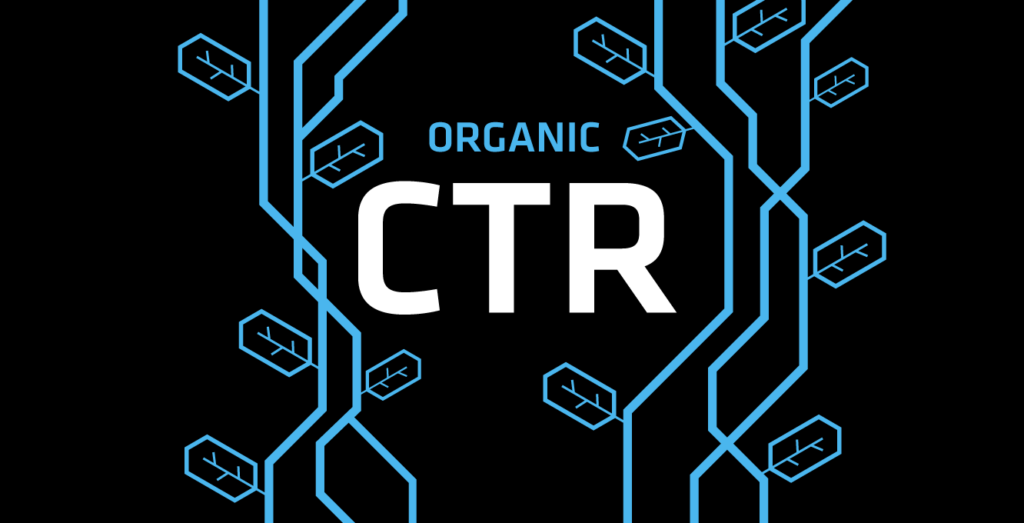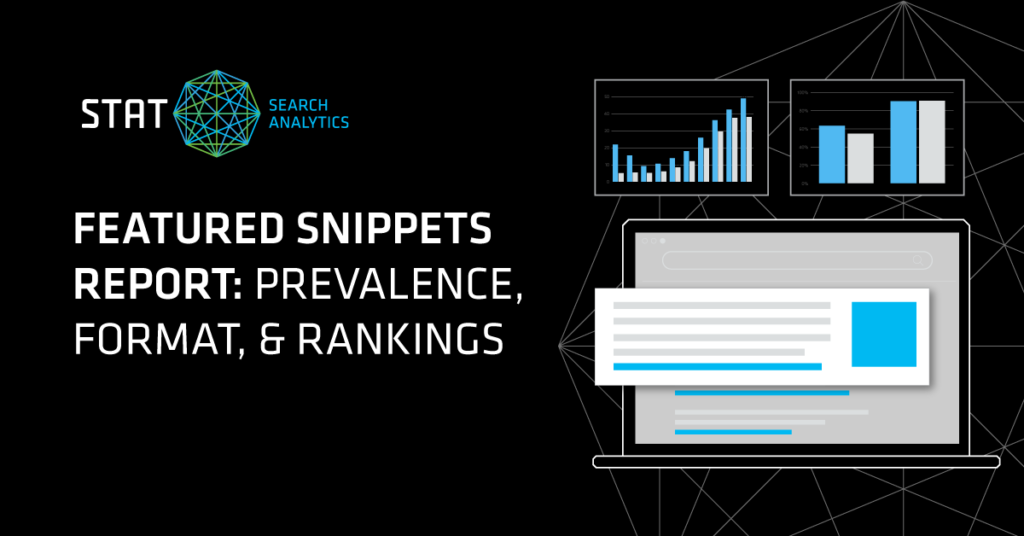We tapped into the frontend of Google’s multi-billion dollar consumer research project — the SERPs — to uncover how SERP features respond to intent.
Intent is the new demographics. When it comes to searchers, it’s not about who they are, but what they want. And Google gets this.
Through processing trillions of searches each year, Google’s algorithm has evolved to understand the intent behind each query. In fact, the changing face of the SERPs can largely be attributed to search intent — SERP features exist to get a searcher from point A to point B in as few clicks as possible.
How SERP features respond to informational queries
We inspect which SERP features appear for different levels of intent, then break it down by product category.
Over our many years of tracking SERP features, we’ve watched them turn from Google’s little experiments into heavy-duty drivers of organic traffic. And as these darlings of the SEO world continue to grow in diversity and number, they push traditional organic results even further down the page.
So how can SEOs get the inside track on what features are appearing in their search space and why?
In our whitepaper, Using search intent to connect with consumers, we’ll walk you through the different kinds of search intent, how to set up your own intent funnel, and how you can apply intent-based modifiers to your keywords. We’ll also show you how super-smart segmentation and SERP feature tracking can uncover all sorts of new opportunities.
Let’s get busy.
Search is complex. So your SERP tracking should be comprehensive. That’s why we track the entire SERP, from PAAs to video results, internationally or locally, on desktop or mobile. Curious? Say hello and request a demo.
Want more search intent intel?
More in our search intent series:
- How SERP features respond to intent modifiers
- How Google dishes out content by search intent
- A guide to setting up your very own search intent projects
- The basics of building an intent-based keyword list



